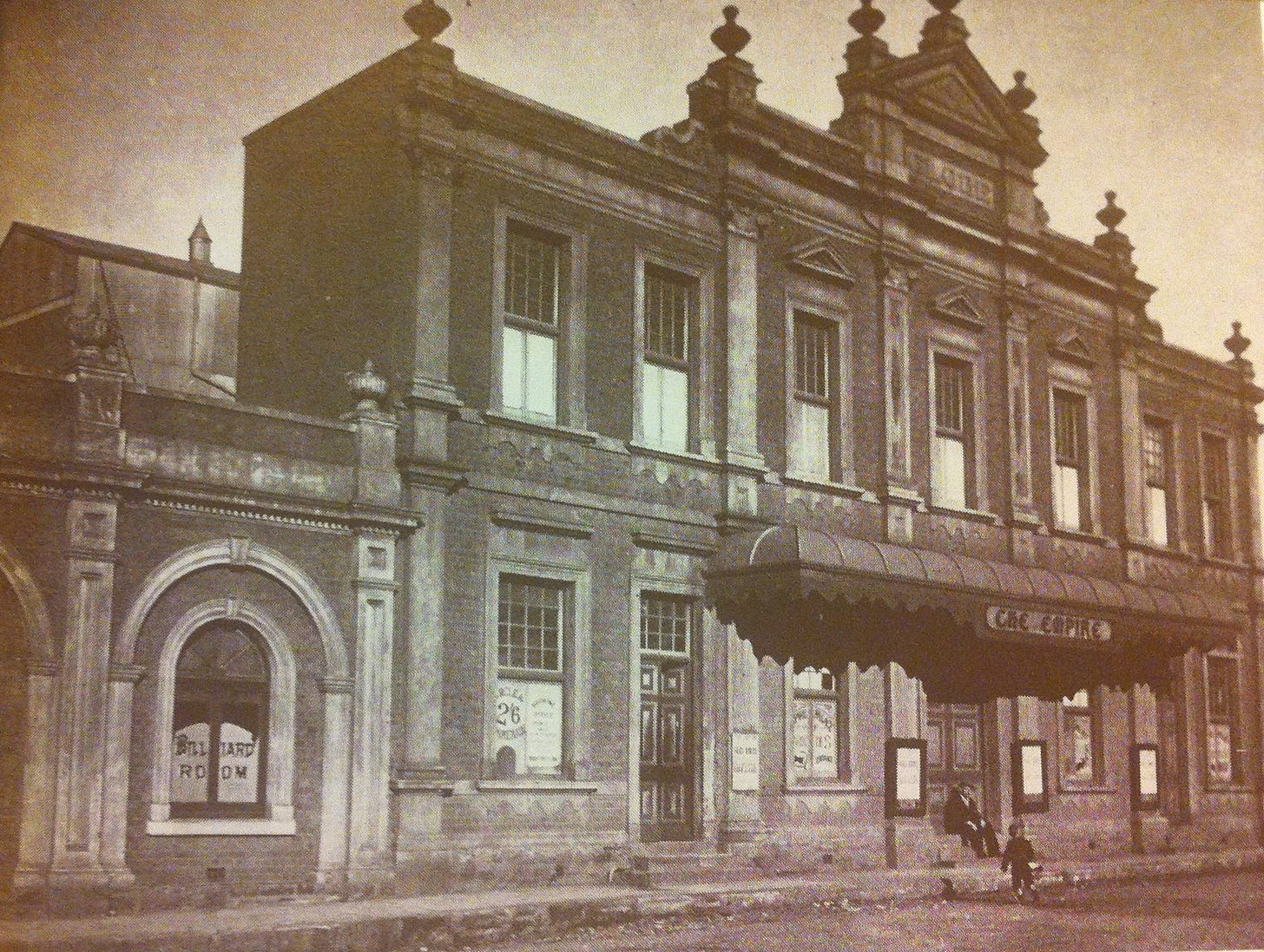1906 was a transformative year for Gandhi. A little more than halfway through his two decades in South Africa, his law practice was well established and his first voluntary community, the Phoenix Settlement, was thriving. When the Zulu Rebellion broke out, Gandhi raised an ambulance corp to support the British army. During the long marches, he decided to take a vow of celibacy.
But it was September 11, 1906, that he credits as the birth of satyagraha. The tactic was also described as civil disobedience or passive resistance, but Gandhi didn’t like the literal meaning of the latter phrase. His student, Martin Luther King Jr., would later write, “It is not passive non-resistance to evil; it is active nonviolent resistance to evil.” The name itself would not be invented for another year, a combination of Gujarati words meaning “firmness in truth.”
The cause was the Asiatic Registration Act, a racist piece of legislation proposed in August 1906 by the white minority who governed in South Africa. It would establish a “Papers, please” regime for Indian and Chinese residents; individuals of all ages would be required to register with the government. Failure to produce a registration certificate on demand could potentially result in deportation. Another humiliating aspect was the requirement, like a criminal, for fingerprinting.
To organize resistance, a mass meeting was called for Tuesday, September 11, at the Empire Theater in Johannesburg. A series of five resolutions were adopted, detailing the reasons that registration was offensive and calling for the legislative proposal’s withdrawal. A delegation was also authorized to go to London and present their case. The fourth resolution proclaimed that “rather than submit… every British Indian in the Transvaal shall submit himself to imprisonment.”1

Gandhi rose to speak of the seriousness of this pledge. “We might have to go to [jail]…. Hard labour might be imposed upon us.” (Indeed, he would be among the first to face such penalties.) The important thing was to remember this was an individual vow, not a collective one. “Even if everyone else flinched, leaving me alone to face the music,” Gandhi explained, “I am confident that I would never violate my pledge.”2
Satyagraha worked by appealing to the conscience of the oppressor, generally by hewing to principle instead of the lesser-of-two-evils doctrine. “Nonviolence is a way of life for courageous people,” MLK would later write. In time, thousands of Asians would end up incarcerated for weeks or months, clogging the jails until the government found it practical to negotiate. It was the same tactic that Gandhi would use in 1930, when he led India in violating the salt laws.
Can you think of a time where you successfully appealed to someone’s conscience?
Collected Works of Mahatma Gandhi (The mass meeting, September 11, 1906) pp 2,277-93
Ibid.



Great read! Up at 3 am and found TRUTH! This is my year of Satyahara.
How do I disrupt, using non violent resistance with truth everyday?
When I tell someone who sits comfortably in ignorance that George Washington, no matter how we depict him or any other American President before the end of Slavery and Jim Crow benefited or was connected to slavery in America, therefore it is blasphemous to ignore the images placed on currency and monuments today, as if General Robert E. Lee was a hero!